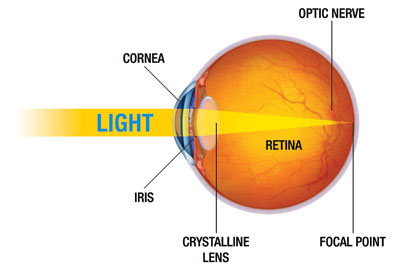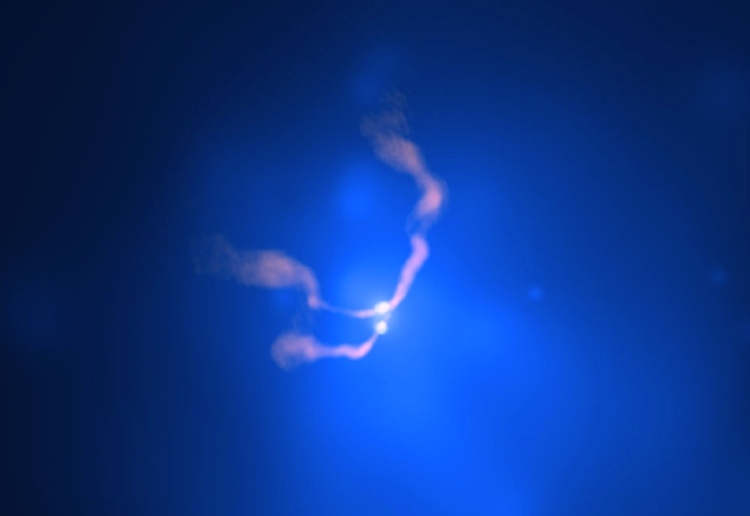
Francisco de Zurbarán (1598-1664), ‘Saint Francis of Assisi in His Tomb’, 1630-1634, oil on canvas, Milwaukee Art Museum
Philosophy, rather than some abstract ‘love of wisdom,’ should be a critical practice – of never accepting ‘at face value’ a person’s statements (particularly those of a philosopher) but of always analysing those statements, looking for the inconsistencies, for what is really being argued, seeking to understand how it is being argued – and of developing one’s own argument in response.
This should be all the more so in the case of Nietzsche, who was a master rhetorician, and more broadly, with regard to the impact of mysticism on Western culture. Mysticism (its primary Western form Neoplatonism) has provided the theoretical justification and tools both for what philosophers have presented as the achievements of the most rigorous thought, the most punctilious ‘reason’ and for an attack on that.
Nietzsche is exemplary of what happened in philosophy, particularly after the late eighteenth century, in response to the rise of science. In a nutshell, God was brought from heaven and placed – concealed – within. Nietzsche himself identified a concealed priesthood in philosophy1 – a priesthood Hegel overtly argued for in his Lectures on the Philosophy of Religion.2 Nietzsche and Hegel themselves were of that priesthood.
Unless one is familiar with mysticism (how it is expressed, its theory and developments on it) one cannot fully appreciate its pervasive influence. Nietzsche’s philosophy, from The Birth of Tragedy (in which he repeatedly referred to the Primal Oneness and paraphrased the core simile of the sculptor in The Enneads) to his final published work The Will to Power (which contains, in its final ‘aphorism,’ a synopsis of The Enneads) is suffused with the influence of mysticism – particularly Neoplatonism.
Nietzsche was through and through a man of ‘god’ (he came from a family of Lutheran pastors and was referred to when he was young as ‘the little pastor’). This bowerbird told us that the Christian God (which he hated, not least, because he was so damaged by it) was dead (he got the ‘death of god’, as did Hegel, from a Lutheran hymn) only so his god, a Dionysian Übermensch, similarly tortured and sacrificed like Christ (whom Nietzsche loved), could appear centre stage.
He, like many before and after on this matter, feared the disapproval of his fellow educated. Safranski wrote that, wanting to read the writing of Max Stirner (Johann Caspar Schmidt – Marx and Engels referred to him in The German Ideology as ‘Saint Max’), Nietzsche sent one of his students (Adolf Baumgartner) to the Basel library in 1874 to get it. On another occasion, Safranski reports, he was quoted by his friend Ida Overbeck as saying that she would not let on that he was familiar with Stirner’s writing.
Nietzsche was accused of not only having been influenced by Stirner but of having plagiarised him. Safranski quotes one contemporary of Nietzsche’s having written that Nietzsche would have been ‘permanently discredited in any educated milieu if he had demonstrated even the least bit of sympathy for Stirner’. (Rudiger Safranski, Nietzsche, A Philosophical Biography, Trans., Shelley Frisch, Granata Books, London, 2002, 126)
Similarly, the lyricism, the centrality of creativity and the progression towards unity in the philosophy of Plotinus (and developments on it) became absorbed into Nietzsche’s philosophy (as it had been into Hegel’s) as an anchor for a Romanticism that had outlived its time, against the rising tide of the Common Man.
Once the learned and deep thinkers who had so thoroughly rejected the Neoplatonic vitalism of the outcast Nietzsche’s philosophy came to appreciate its usefulness (as they did Bergson’s equally vitalist Neoplatonism around the same time) against the rise of science, against the acknowledgement that we can and do know the world and particularly against materialism with its recognition of the primacy of objective reality (‘matter’) over consciousness and thought – their response changed and Nietzsche’s ascent – in memoriam – was underway.
Other examples: the same secrecy and denial was held by many with regard to their avid study of the writing of Spinoza and by Schelling, likewise, with regard to Swedenborg. And it is all in the same area – of ‘subjectivism’ (‘pantheism,’ mysticism etc.)’.
In hiding and denying this influence, academic philosophers – who have arrogated behind cloistered walls what Socrates practised on the streets of Athens and gave his life for – have utterly failed in both social and intellectual responsibility.
I have set up this blog to contribute to exposing and addressing their failure. I should also add that with the passing of those stages of capitalist ideology known as ‘modernism’ and increasingly, ‘postmodernism’, some academics are slowly coming to acknowledge and engage with this ‘unpleasant’ – and dangerous ‘subjectivism’ (‘dangerous’ because to do so threatens to expose not only so much dishonesty – particularly by career philosophers – but the central cultural arrogance they serve – that we in the West are the bearers of Reason and it is this reason that has enabled us to achieve all that we have).
To recognise the immense contribution mysticism has inspired in Western culture, to understand its ‘reason’ and to stop appropriating achievements made on that basis to a Reason foreign to it – I refer to the Neoplatonic distinction between the reason of dynamic unity and that of static analysis, between that which was for Hegel ‘speculative’ and that which separates, which pulls apart – would only be to the great benefit of philosophy.
Magee wrote ‘an appreciation of the role of mystical ideas in the thought of Hegel and other modern thinkers opens new vistas, new paradigms for the history of modern philosophy and for the philosophy of history. Modernity is a project, a social and historical movement with a linear trajectory: from unreason to reason, superstition to science, domination by nature to dominion over it, mastery and slavery to universal freedom, darkness to light.’3
I strongly recommend Stephen MacKenna’s magnificent translation of The Enneads (abridged) and William Franke’s two volume anthology On What Cannot be Said, which exemplifies the extent to which mysticism has shaped and continues to shape Western culture and its reason.
Notes
1. ‘The decisive sign that reveals that the priest (-including the concealed priest, the philosopher) has become master not only within a certain religious community but in general is that décadence morality, the will to the end, counts as morality in itself, is the unconditional value everywhere accorded to the unegoistic and the hostility accorded the egoistic.’
Friedrich Nietzsche, Ecce Homo 1908, Trans. R.J.Hollingdale, Introduction Michael Tanner, Penguin, 2004, 66-67 ↩
2. ‘Instead of allowing reason and religion to contradict themselves, we must resolve the discord in the manner appropriate to us – namely, reconciliation in the form of philosophy. How the present day is to solve its problems must be left up to it. In philosophy itself the resolution is only partial. These lectures have attempted to offer guidance to this end.
Religion must take refuge in philosophy. For the theologians of the present day, the world is a passing away into subjective reflection because it has as its form merely the externality of contingent occurrence. But philosophy, as we have said, is also partial: it forms an isolated order of priests – a sanctuary – who are untroubled about how it goes with the world, who need not mix with it, and whose work is to preserve this possession of truth. How things turn out in the world is not our affair.’
G.W.F.Hegel, Lectures on the Philosophy of Religion, Vol. III, Ed., Peter C. Hodgson, Trans., R.F.Brown, P.C.Hodgson, J.M.Stewart, Clarendon Press, Oxford, 2007, pp. 161-162
Plotinus wrote ‘This is the life of gods and of the godlike and blessed among men, liberation from the alien that besets us here, a life taking no pleasure in the things of earth, the passing of solitary to solitary.’
Plotinus, The Enneads, (Abridged), Trans. Stephen MacKenna, Penguin, London, 1991, VI, 9.11, p. 549 ↩
3. Glenn Alexander Magee, ‘Hegel and Mysticism’ in Frederick C. Beiser, Ed., The Cambridge Companion to Hegel and Nineteenth-Century Philosophy, Cambridge University Press, Cambridge, 2009, 253-280, 280 ↩













